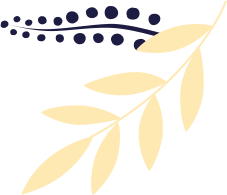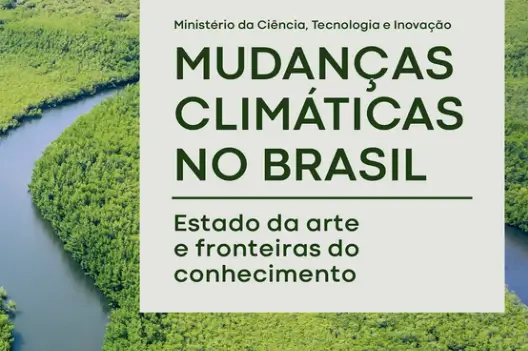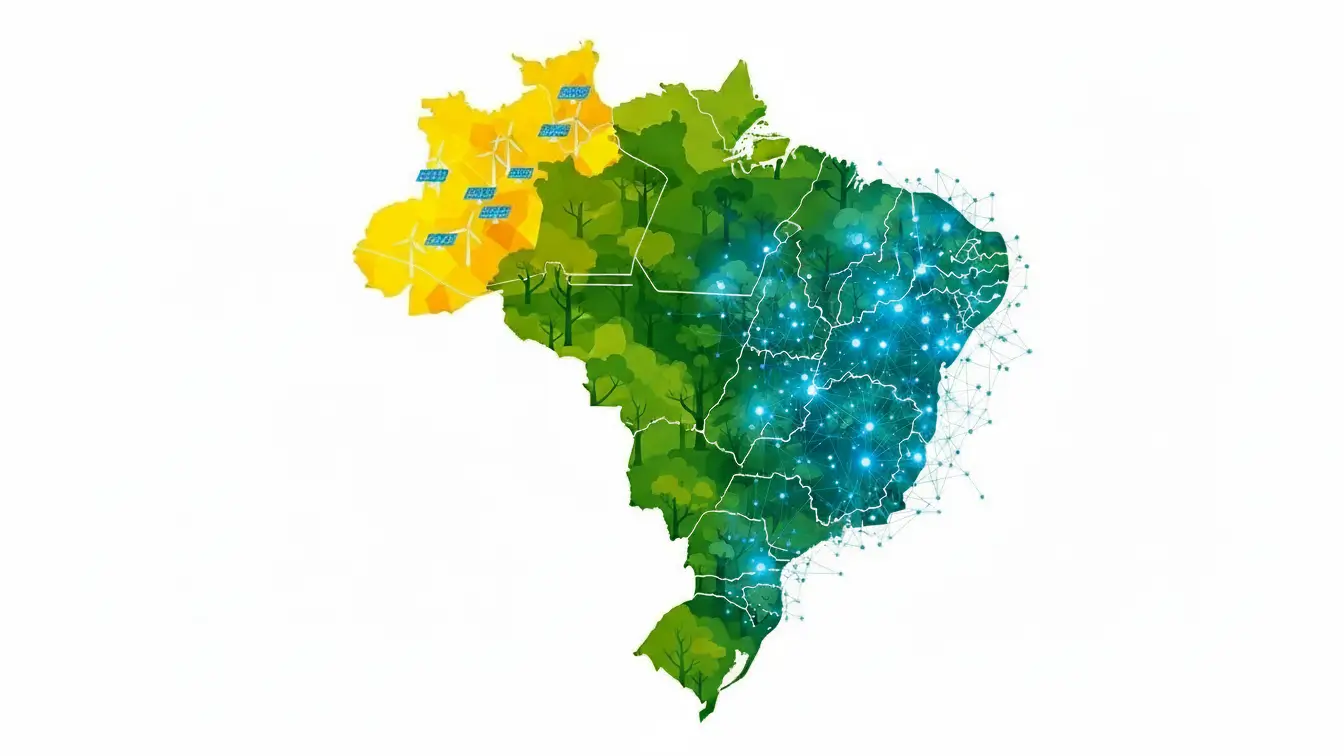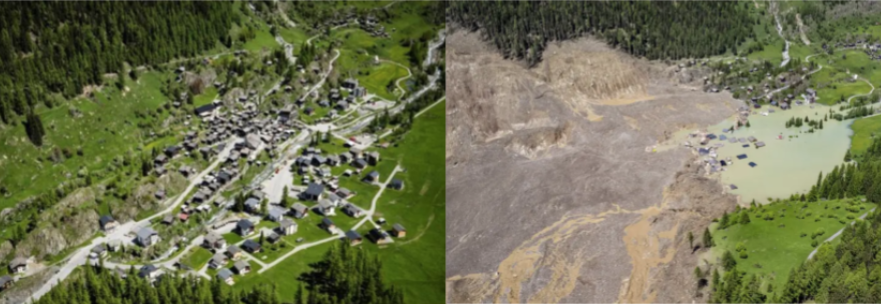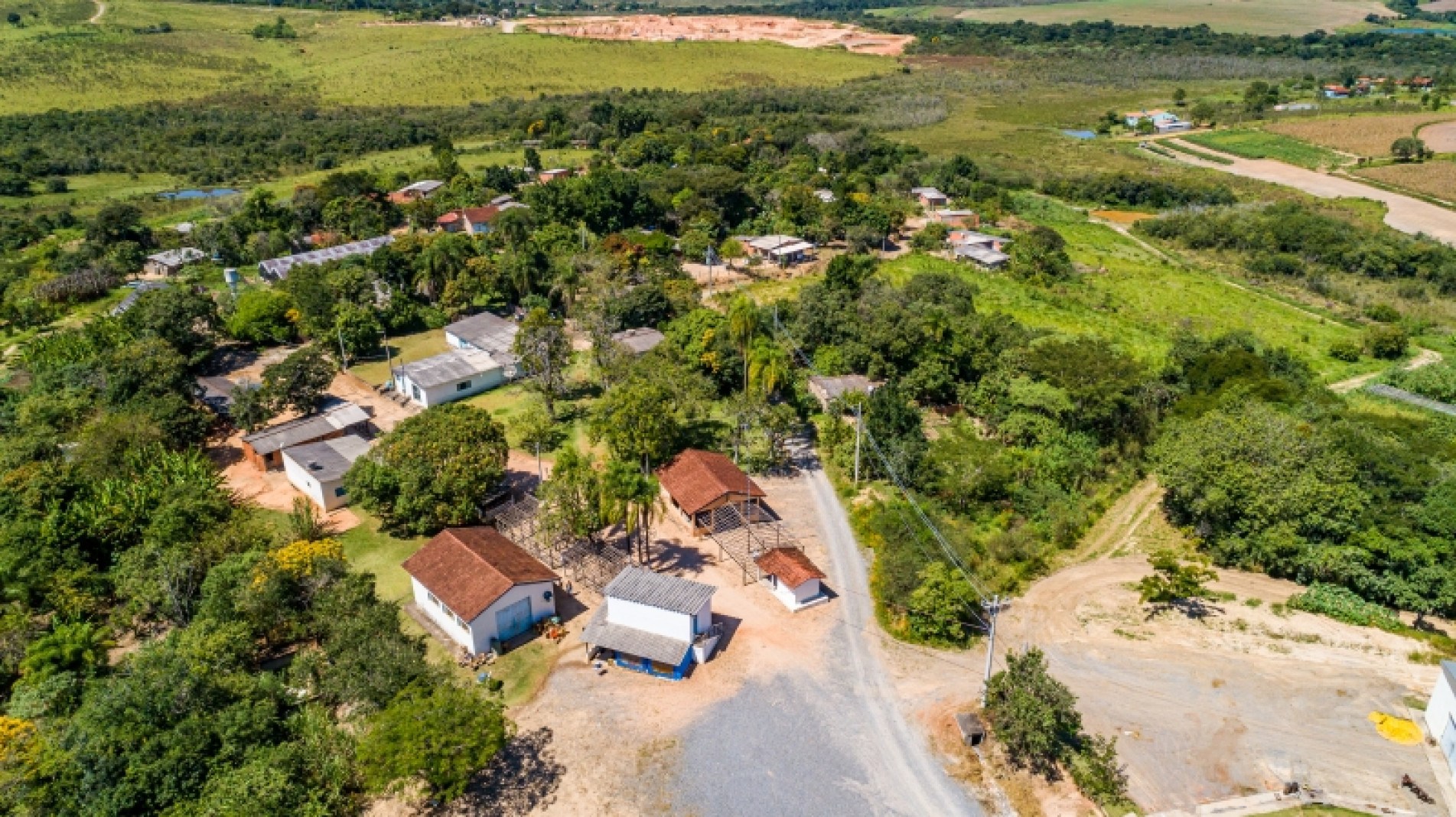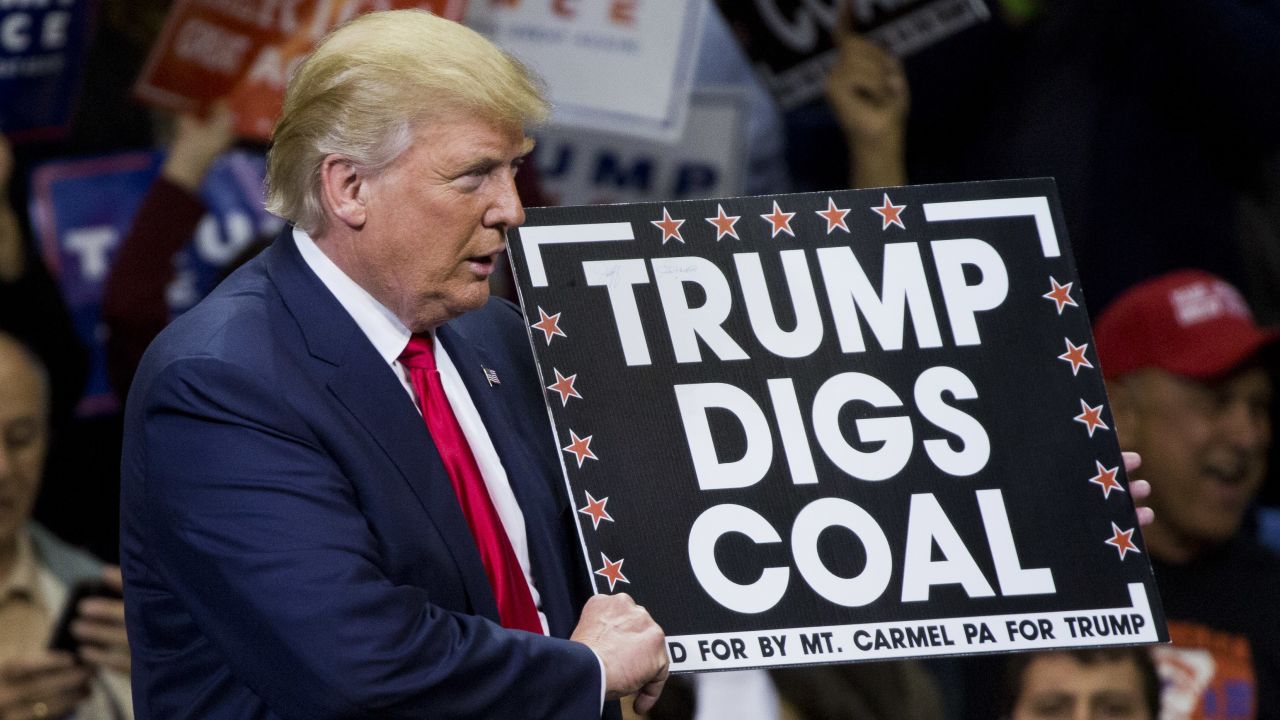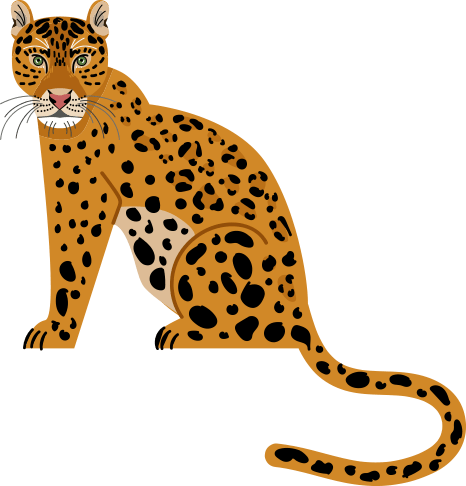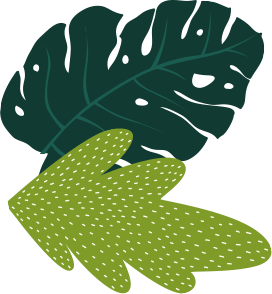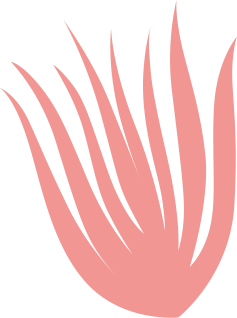On Tuesday, January 24, theDoomsday Clockwas set to 90 minutes before midnight. The Doomsday Clock is a project that warns the public about how close we are to destroying our world with dangerous technologies of our own making. It is maintained by the committee of the Bulletin of the Atomic Scientists organization at the University of Chicago. The Watch is a metaphor, a reminder of the dangers we must face if we are to survive on the planet. It was created in 1947 by a group of scientists who had worked on the design of the atomic bomb, and who were concerned about the arms race, conducted mainly by the United States and the then Soviet Union. It was initially intended to measure nuclear threats. At the time it was set to seven minutes before midnight and thereafter went through 25 readjustments. Throughout its 76 years, it was furthest from midnight in 1991, when the United States and the Soviet Union signed the Strategic Arms Reduction Treaty; at that time it was 11:43 PM, seven minutes behind 1991, when the Berlin Wall came down. Three major reasons led to the current setting, which is the closest to midnight in its entire history: the invasion of Ukraine by Russia, the consequent risk of nuclear escalation, and the impacts of climate change, assumed as a risk in 2007.
And why is it fundamental to be aware of the actions that may make our survival on Earth impossible?
Because several studies point out that the world is currently going through an unprecedented moment of multiple crises. The Oxfam Report1 released at the World Economic Forum in Davos, which took place from January 16 to 20, 2023 in Switzerland, points out that tens of millions more people are facing hunger; hundreds of millions more are facing unfeasible increases in the cost of basic products or heating their homes; climate collapse is crippling the economies of nations; and droughts, cyclones, and floods are forcing people to abandon their homes.
In Brazil, data from the II National Survey on Food Insecurity in the Context of the Covid-192 Pandemic indicate that in 2022, 33 million people were hungry and that more than half (58.7%) of the Brazilian population was in some degree (mild, moderate, or severe) of food insecurity. What's more, currently more than 30,400 inhabitants living in the Yanomami indigenous territory in Roraima, the largest indigenous reserve in the country, are in a dramatic situation, facing hunger and illness caused by illegal mining on their land. On January 24, 240 municipalities of the 853 municipalities in Minas Gerais were in a state of emergency due to heavy rains that had already caused 21 deaths. In Rio Grande do Sul, on January 26, 34% of the 497 municipalities were in emergency situations due to drought. On January 27, the Official Gazette of the Union published regulations releasing more than R$2.3 million for civil defense actions in seven Brazilian cities affected by natural disasters, such as intense rainfall, flooding and hailstorms.
Overcoming the impacts of climate change, social inequalities, and food and nutritional insecurity requires changes, and many of these changes involve our consumption habits, and in particular our food consumption pattern.
An article published in 2022 evaluated 194 regional foods, divided according to each of the five regions of the country (North, Northeast, Midwest, Southeast, and South), and grouped into fruits; vegetables (which includes herbs, spices, and condiments); legumes; tubers, roots, and cereals; and flours (referring to groups of preparations/flours derived from cassava). The study points out that in the period 2002-2018 there was an increase in the caloric share of regional fruits and flours and a significant drop in regional legumes; and a drop was observed in the total regional food groups between 2002-2003 and 2008-2009 and stagnation between 2008-2009 and 2017-2018. According to the authors, one of the main causers of these changes is the current Brazilian agricultural model based on monoculture, focused on the high demand for commodities such as soy, corn, wheat and sugar, or directed to the production of ultra-processed products.
Climate change, the decrease of biodiversity, and the growing integration of Brazilian agribusiness with global markets are all factors that contribute to food insecurity in Brazil. And the agricultural activity is related to all of them. Therefore, investing in diversified production systems, using land according to its aptitude, adopting integrated systems, and correctly using inputs and pesticides are some of the actions that can and must be adopted in Brazilian agriculture so that we can delay the Apocalypse Clock. After all, even though it is a metaphor, the initiative has stimulated discussions about the risks for the planet due to human actions that cause impacts on the environment, and one of these actions is the way we produce our food.
